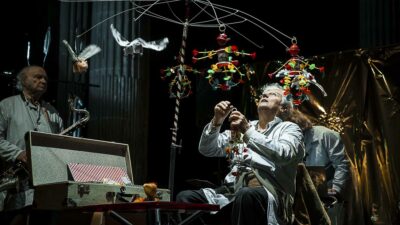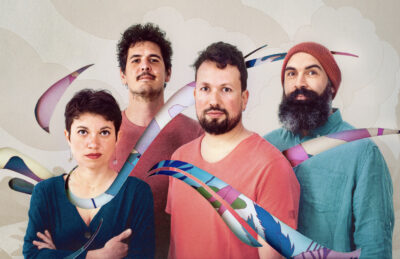Pages Electriques
Let’s imagine that it is possible for an instrument, as for a person, to escape its determinisms in order to create new lines of existence and expression – for the duration of a concert. Let us also imagine forms of writing for an instrument whose musical tradition consists mainly of orality, empirical research, machines and singular personalities. Let us explore all the parameters of sound: pitch, amplitude, time, spectrum, and let us perceive the effects of mass and textures, of deferred time.
A singularly moving guitarist, Christelle Séry makes her strings resonate in the world of creative music. Classically trained, her gentle madness leads her to multidisciplinary paths. She willingly crosses the boundaries between written, oral and acoustic music. With the help of contemporary composers, she experiments with new paths, new lines of existence and expression. In Trash TV Trance, the guitar itself is embodied in a delirious and humorous solo in which the theatrical plays as important a role as the nervous, choppy, saturated phrasing. With John Zorn, the instrument becomes a toy, in the original sense of the word, while in Karl Naegelen’s Strates, the gestures of performer and ‘instrument’ mingle and transform. An ‘electronic’ twin emerges like a landscape or a shadow in the pieces by Lin-Ni Liao or Christelle Séry herself. As for Frédéric Pattar, he deploys a metaphor of the physical phenomenon of heating up electrical circuits (joule effect) – and makes ten clones of the guitarist in Ricercar à 11, which she will play alone.


![[Kyara Sonor] [Kyara Sonor]](https://www.periscope-lyon.com/wp-content/uploads/2025/12/03-Kyara-Sonor-Photo-carree-©swingin-fox-studio-400x400.png)
